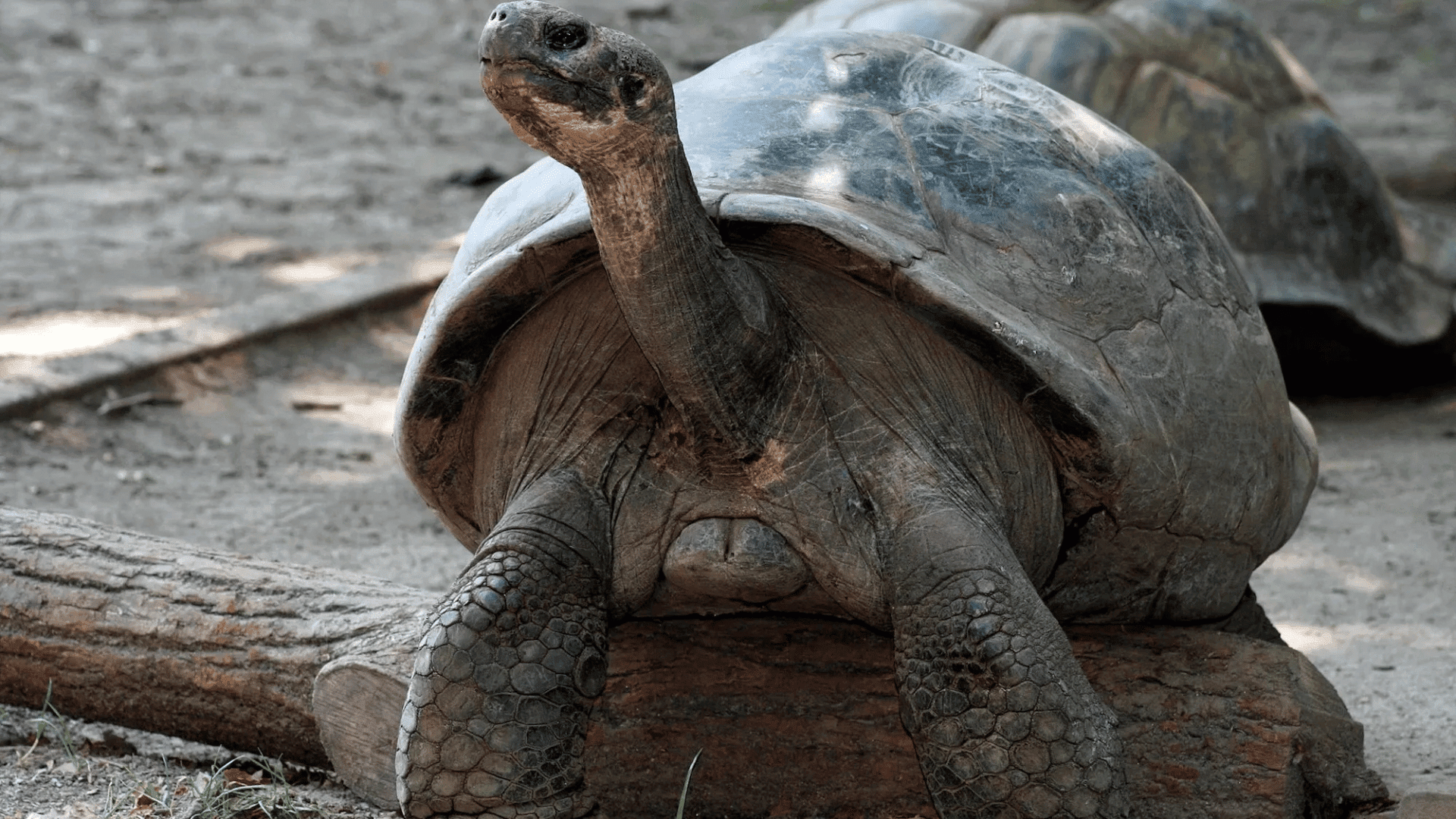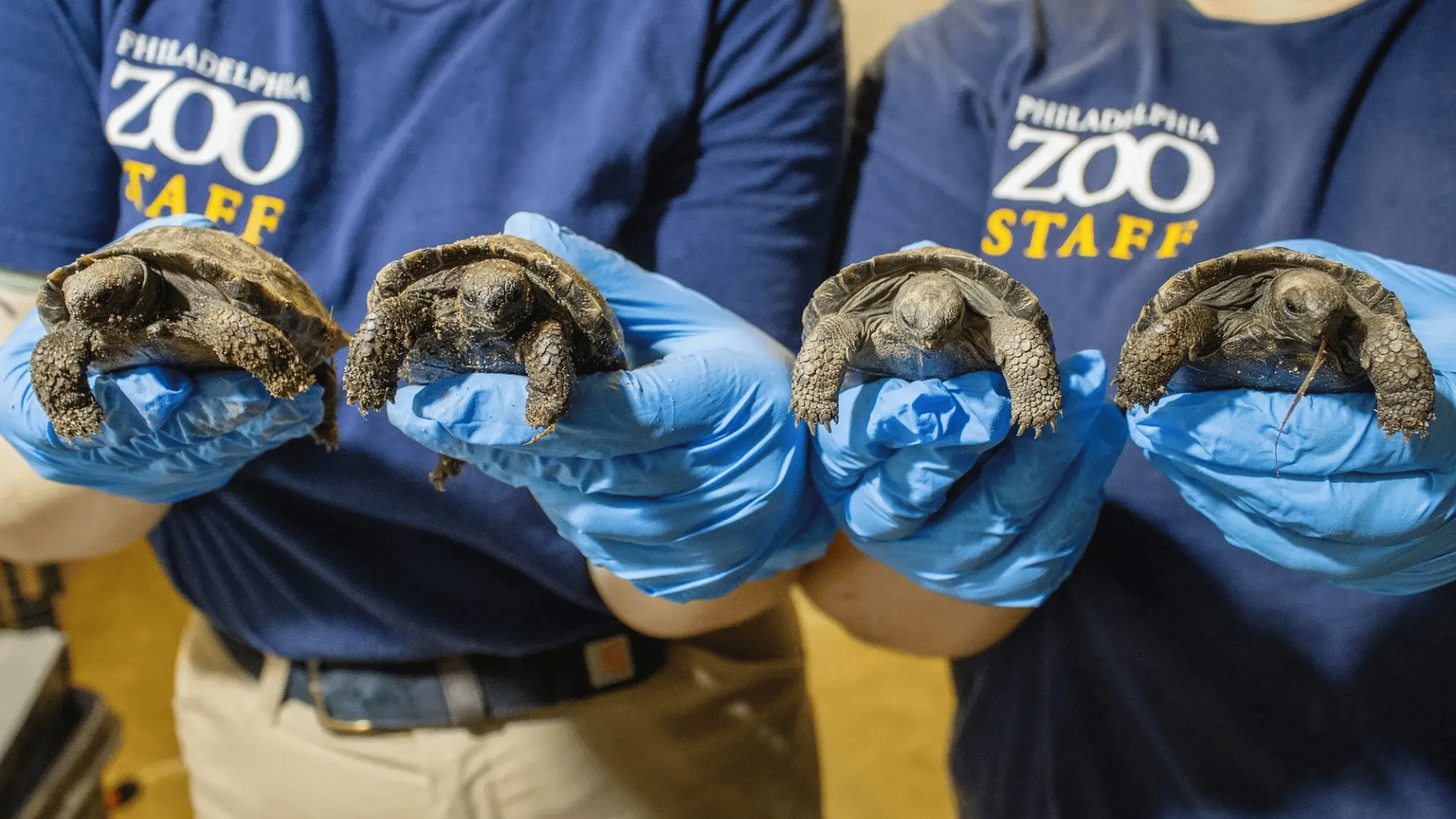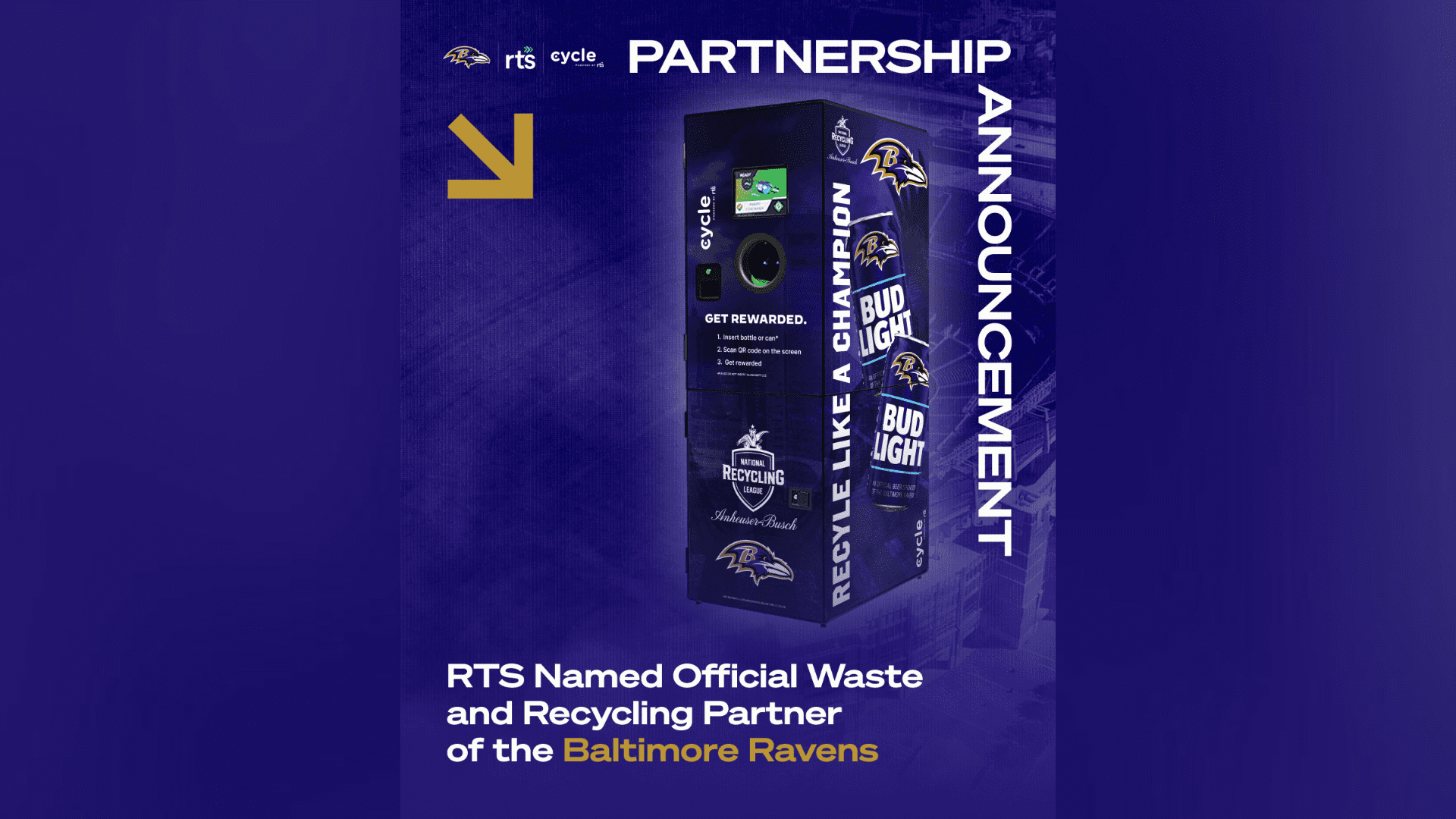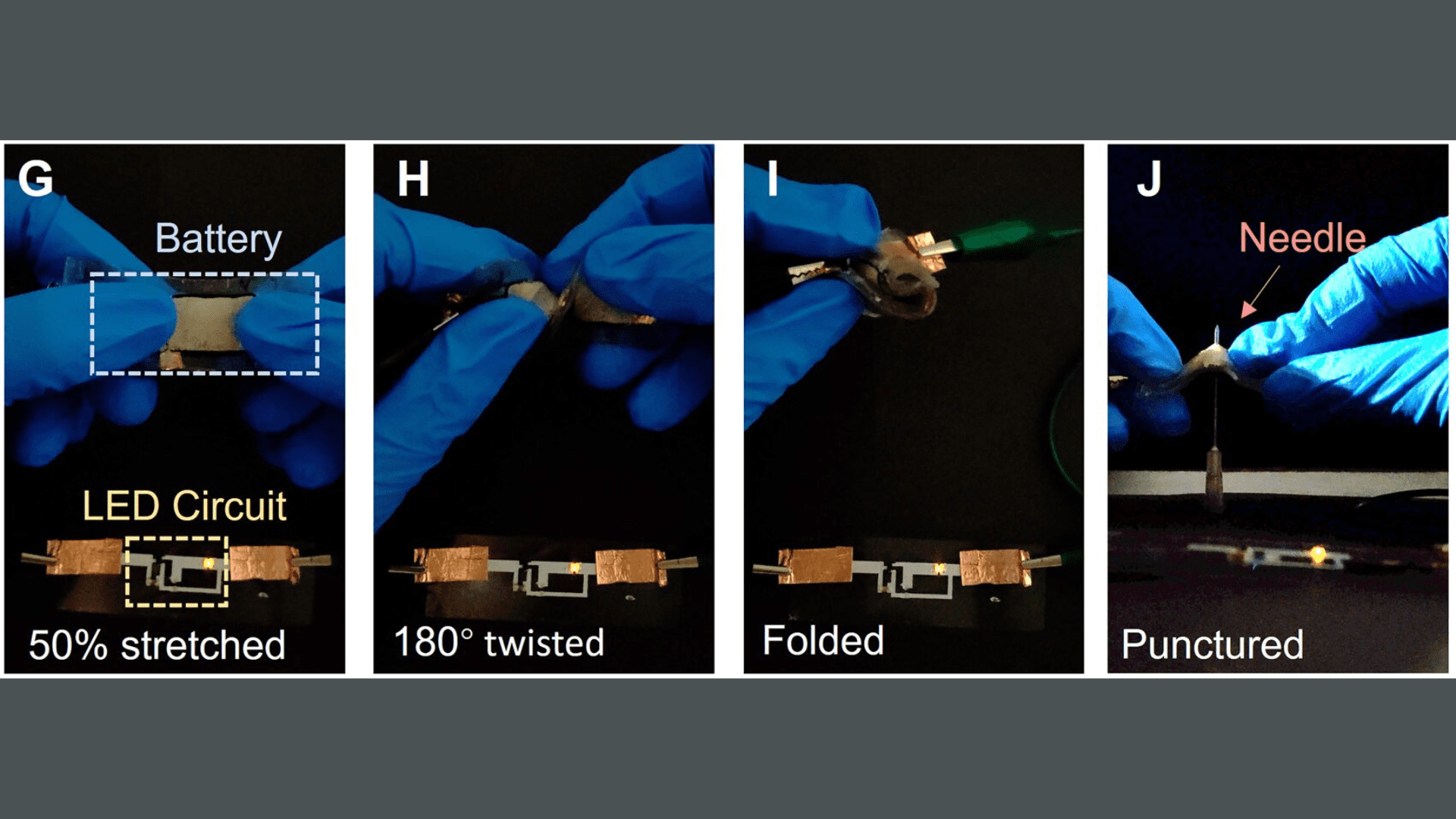This week, four female Western Santa Cruz Galápagos tortoises hatched at the Philadelphia Zoo. A critically endangered species, with only 44 total in the U.S. prior to the hatching, the babies represent a new genetic lineage and hope for the species’ survival.
Critically Endangered Species

According to the International Union for Conservation of Nature, an estimated 3,400 Western Santa Cruz Galápagos tortoises live in the wild on the southwestern tip of Santa Cruz Island. The last time Western Santa Cruz Galápagos tortoises hatched at an AZA-accredited zoo was in 2019 at the Riverbanks Zoo and Garden in South Carolina.
Though the elderly female tortoise that laid the eggs was fittingly named Mommy, she had never been a mother before. She’s believed to be approximately 97 years old, making her likely the oldest first-time mother of her species.
After hatching in the wild Galápagos Islands, Mommy was brought to Pennsylvania in 1932 and has lived in the Philadelphia Zoo for more than 90 years. Weighing approximately 40 pounds when she was brought to the zoo, Mommy now weighs 284 pounds. Biologists consider Mommy to be one of the most “genetically valuable” Galápagos tortoises in the AZA’s breeding program.
The father of the hatchlings, Abrazo, is estimated by caretakers to be around 96 years old and was reportedly first recorded at the Gladys Porter Zoo in Texas in 1929. Abrazo has been at the Philadelphia Zoo since 2020 and he was first introduced to Mommy in 2022.
Tortoise Hatchlings

Though Mommy laid a clutch of eggs in 2023, none of them hatched. After she laid 16 more eggs in November 2024, zoo staffers collected them and incubated them at different temperatures because the sex of tortoise hatchlings is affected by heat. So half of the eggs were incubated below 82.4 degrees Fahrenheit to produce males, and half were incubated above 85.1 degrees to produce females.
All the eggs that have hatched so far are females, but according to the zoo, there could be more hatching in the coming weeks. Currently, the babies are being kept away from the public in the zoo’s Reptile and Amphibian House, where they’re reportedly eating and growing as expected.
The zoo plans to introduce the hatchlings to the public on April 23, which is also Mommy’s 93rd anniversary at the zoo. They anticipate the hatchlings will remain at the facility for at least five years. And, since scientists suspect that Galápagos tortoises can live up to 200 years old, it’s possible that the couple could become parents again.
“This is a monumental achievement for our animal care team that worked diligently to provide the right conditions for Mommy to lay her eggs and for the eggs to incubate and successfully hatch,” said Lauren Augustine, the Philadelphia Zoo’s director of herpetology and birds. “Until now, Mommy’s genes were not represented in the AZA population, making these offspring extremely important in the protection of this species.”







